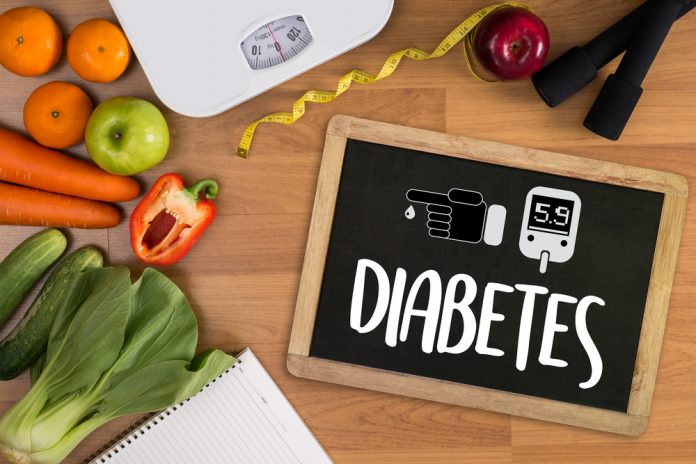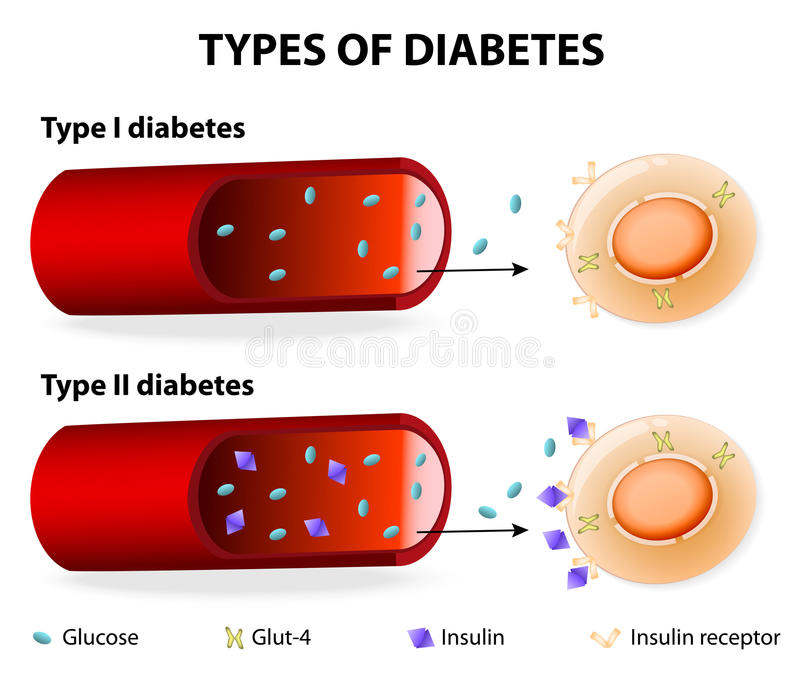Warning: Invalid argument supplied for foreach() in /home1/redcare1/public_html/wp-content/themes/uplift/swift-framework/content/sf-post-formats.php on line 89

Diabetes mellitus, known to some as ‘the silent killer’, is a chronic disease caused by deficiency in the production of insulin or by the ineffectiveness of insulin being produced. Insulin is a hormone produced by the pancreas and is responsible for regulating levels of glucose (sugar) in blood. Its deficiency results in increased concentration of glucose in blood, which in turn damages many of the body’s organ systems.
There are 2 principal forms of Diabetes:
- Type 1 Diabetes: in which the pancreas fails to produce enough insulin which is essential for survival. This form develops most frequently in children and adolescents, but is being increasingly noted later in life.
- Type 2 Diabetes: which results from the body’s inability to respond properly to the action of insulin produced by the pancreas. Type 2 diabetes is much more common and accounts for around 90% of all diabetes cases worldwide. It occurs most frequently in adults, but is being noted increasingly in adolescents as well.

There are other uncommon forms of Diabetes including Gestational Diabetes (GDM) which affects pregnant women and can be dangerous to the fetus. Diabetes can also result secondarily from other diseases like Cushing’s syndrome, Acromegaly and PCOS. Misuse of certain drugs like steroids can also be a cause of diabetes.
PREDISPOSING FACTORS
Risk factors for developing Diabetes Mellitus include the following:
- Strong family history
- Obesity
- Hypertension
- Sedentary lifestyle/Lack of exercise
- Alcoholism
- Smoking
- High fat diet

SYMPTOMS
The symptoms of diabetes may be pronounced, subdued, or even absent in many cases.
- In Type 1 diabetes, the classic symptoms are excessive urination (polyuria), excessive thirst (polydipsia), weight loss and tiredness.
- These symptoms may be less marked in Type 2 diabetes. It can also happen that no early symptoms appear and the disease is only diagnosed several years after its onset, when complications are already present; hence the nickname ‘silent killer’.
- Symptoms of complications include poor vision, poor erection, poor wound healing, recurrent skin infections, skin ulcers and big size of babies born to diabetic mothers
- More serious complications are heart disease, kidney failure, stroke, loss of vision, and diabetic foot disease (which sometimes result in limb amputation)

DIAGNOSIS
- Regular medical checks can help in early diagnosis and prevention of complications
- Blood sugar levels are measured over time and a test called the Oral Glucose Tolerance Test (OGTT) will help make a definite diagnosis.
TREATMENT
Lifestyle modification: Exercise, changes in diet, avoiding alcohol and smoking, and other activities that help reduce risk of Diabetes progression

Medication: including drugs that mimic insulin and injectable insulin. Form of treatment and choice of medication depends on severity of patient’s condition. Consult appropriate healthcare professionals.
PREVENTION
Diabetes is a serious and costly disease which is becoming increasingly common, especially in developing countries. However, public and professional awareness of the risk factors for, and symptoms of diabetes are an important step towards its prevention and control.
Umar Adegoke MD.
